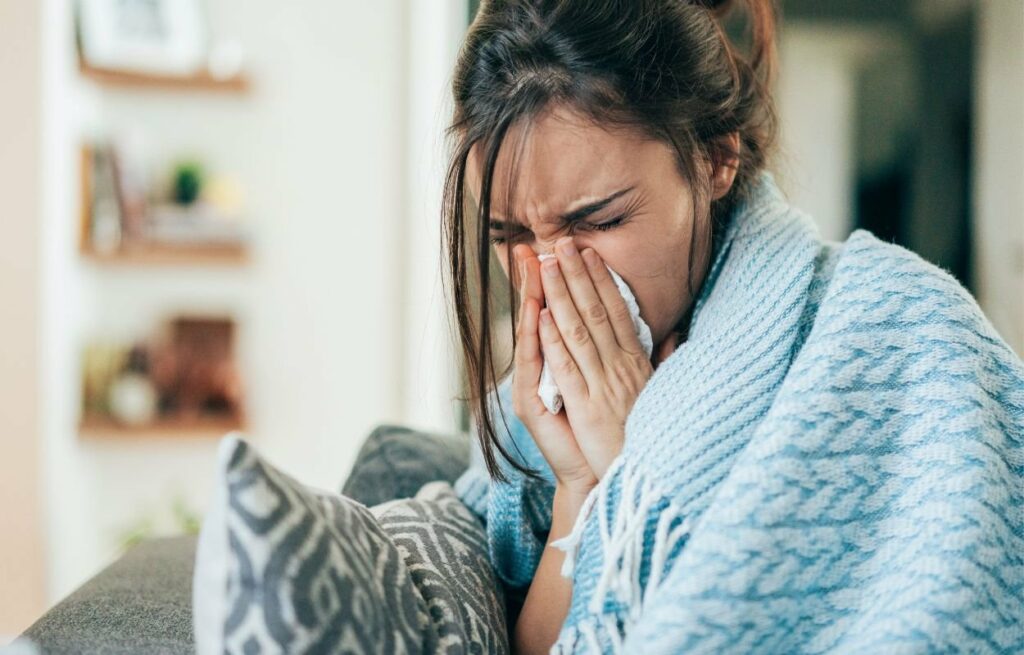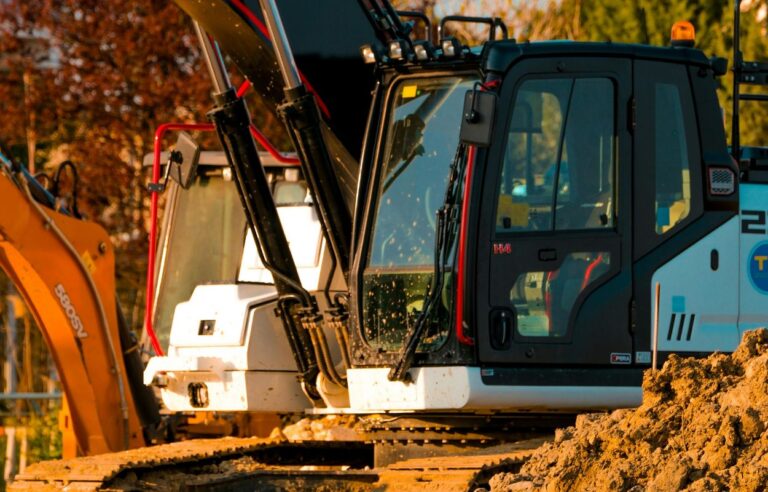
If you’ve been feeling sick for no clear reason, your home might be the culprit. It sounds strange, but mold could be lurking behind your walls, under your floors, or in other hidden spots, making you feel miserable. Mold isn’t just an eyesore. It can affect your health in ways you might not even realize. So, let’s dive into the signs that your home might have mold, and why you should act quickly.
WHAT IS MOLD?
First things first: what is mold? It’s a type of fungus that thrives in damp, humid environments. Mold can grow anywhere there’s moisture, and it can spread quickly. It can also hide in places you wouldn’t think to check, which makes it even trickier to spot. Mold can live behind wallpaper, inside air ducts, or under floorboards. And once it starts growing, it can have a serious impact on your health.
THE SNEAKY SYMPTOMS YOU MIGHT NOT RECOGNIZE
Mold doesn’t always announce itself with a loud, obvious smell or visual signs. Sometimes, it’s much sneakier. There are several common signs that mold might be hiding in your home that you should be aware of.
Unexplained allergies are one of the first signs. If you suddenly find yourself sneezing, coughing, or experiencing watery eyes or a runny nose, these could be allergy-like symptoms triggered by mold. They might seem like a regular cold at first, but if they stick around, mold could be the cause. Mold spores can trigger allergies, especially for people who are sensitive to them.
Another symptom to watch for is persistent coughing or wheezing. If you or someone in your family has been coughing or wheezing more than usual, mold might be to blame. The spores released by mold can irritate the lungs, leading to respiratory issues like coughing and wheezing. These symptoms could get worse when you’re inside the house and improve when you’re outside.
Feeling tired all the time for no apparent reason is another red flag. Mold exposure can leave you feeling drained. If you’re constantly exhausted and your sleep doesn’t seem to help, mold could be causing your fatigue. Constant exposure to mold spores might disrupt your sleep, leaving you feeling more tired and run down.
Headaches or migraines are also signs that mold might be affecting your health. If you’ve been getting more headaches or migraines lately, especially when you’re indoors, mold could be the trigger. Mold spores can cause inflammation and irritation in your body, which can lead to painful headaches or migraines. This is a symptom that often goes unnoticed until someone starts connecting the dots between their headaches and the time spent indoors.
Skin irritation is another symptom of mold exposure. If you’ve noticed unexplained rashes, itching, or irritation, mold might be the reason. Mold spores can land on your skin, causing allergic reactions that result in redness, irritation, and itching. If you’ve already tried changing soaps or laundry detergent, and the irritation persists, it might be time to investigate the possibility of mold.
STRANGE ODORS IN YOUR HOME
One of the most common signs of mold is an unmistakable musty, earthy smell. If you notice this in your home, it’s a classic indicator that mold might be present. Mold gives off a distinct odor that’s hard to ignore once you’ve noticed it. Even if you can’t see mold, the smell alone can be a major red flag that there’s something growing in your walls or floors. The smell tends to be especially strong in areas with high humidity, such as bathrooms, basements, and kitchens.
DARK, WET SPOTS OR DISCOLORATION
If you notice dark spots, patches of green or black, or areas that appear wet, it could be a sign that mold is present. Mold often leaves behind stains or discoloration on walls, ceilings, or floors. Even if you don’t see mold right away, water stains or dark spots could indicate mold growth behind the surface.
INCREASE IN DUST OR ALLERGENS
If dust or allergens seem to be building up more than usual in your home, mold could be contributing to the problem. Mold spores are small and can float in the air like dust. As these spores settle, they contribute to the buildup of allergens in your home. If you’ve been sneezing or coughing more lately, this could be why.
WHERE TO LOOK FOR MOLD IN YOUR HOME
Mold can be sneaky, hiding in places you wouldn’t typically think to check. Bathrooms are a common area where mold grows, especially around showers, bathtubs, sinks, and toilets. The humid environment in these spaces makes it a prime spot for mold to thrive.
Basements are another area where mold loves to grow. Because basements are often damp and cool, they provide the perfect conditions for mold to take hold. Be sure to check the walls, floors, and ceilings for any signs of mold.
Attics can also be a hiding spot for mold, especially if there are any leaks in the roof. Be sure to check near vents or windows for any moisture or mold growth.
Finally, mold can also grow behind walls or under floors without being visible. If you’ve noticed any musty smells or unexplained water damage, it’s time to investigate further.
WHY YOU SHOULD ACT QUICKLY
If you spot mold in your home, it’s essential to act fast. Mold can spread quickly, and the longer it’s left unchecked, the more serious the problem can become. It can spread to other areas of your home and cause major damage to your property. Even worse, prolonged exposure to mold can cause serious health issues, especially for people with asthma or other respiratory conditions.
If you suspect that mold is affecting your home and health, don’t wait. Call a professional to assess the situation. They can help you with mold removal in Port Alberni and make sure your home is safe again.
MOLD REMOVAL IN PORT ALBERNI: A STEP YOU CAN’T SKIP
If you’ve found mold in your home, professional mold removal in Port Alberni is crucial. Mold remediation experts will be able to safely remove the mold and take measures to ensure it doesn’t come back. They’ll also help with any necessary repairs to prevent future mold growth. It’s better to get it handled by professionals who have the right tools and expertise than to risk doing it yourself.
PREVENTING MOLD FROM COMING BACK
Once the mold is removed, you’ll want to take steps to prevent it from coming back. Fixing leaks is one of the most important steps. Mold thrives in moist environments, so any leaks or water damage should be repaired immediately.
Controlling humidity is also essential. Use dehumidifiers in areas prone to moisture, like bathrooms and basements. Try to keep humidity levels below 60% to discourage mold growth.
Ventilating your home properly is another important step. Make sure your home is well-ventilated by opening windows, using exhaust fans, and keeping airflow moving. This helps reduce the chances of mold growth.
CONCLUSION
If you’ve been feeling sick or noticing some strange signs around your home, mold could be the cause. It’s sneaky and can hide in places you might not think to check. Keep an eye out for symptoms like allergies, headaches, or unexplained fatigue, and check for dark spots or musty smells in your home. If you suspect mold, don’t wait—call a professional for mold removal in Port Alberni to get your home back to a safe and healthy state.
Taking action now can prevent future health issues and protect your home from costly damage. Stay safe, stay healthy, and keep your home mold-free!



